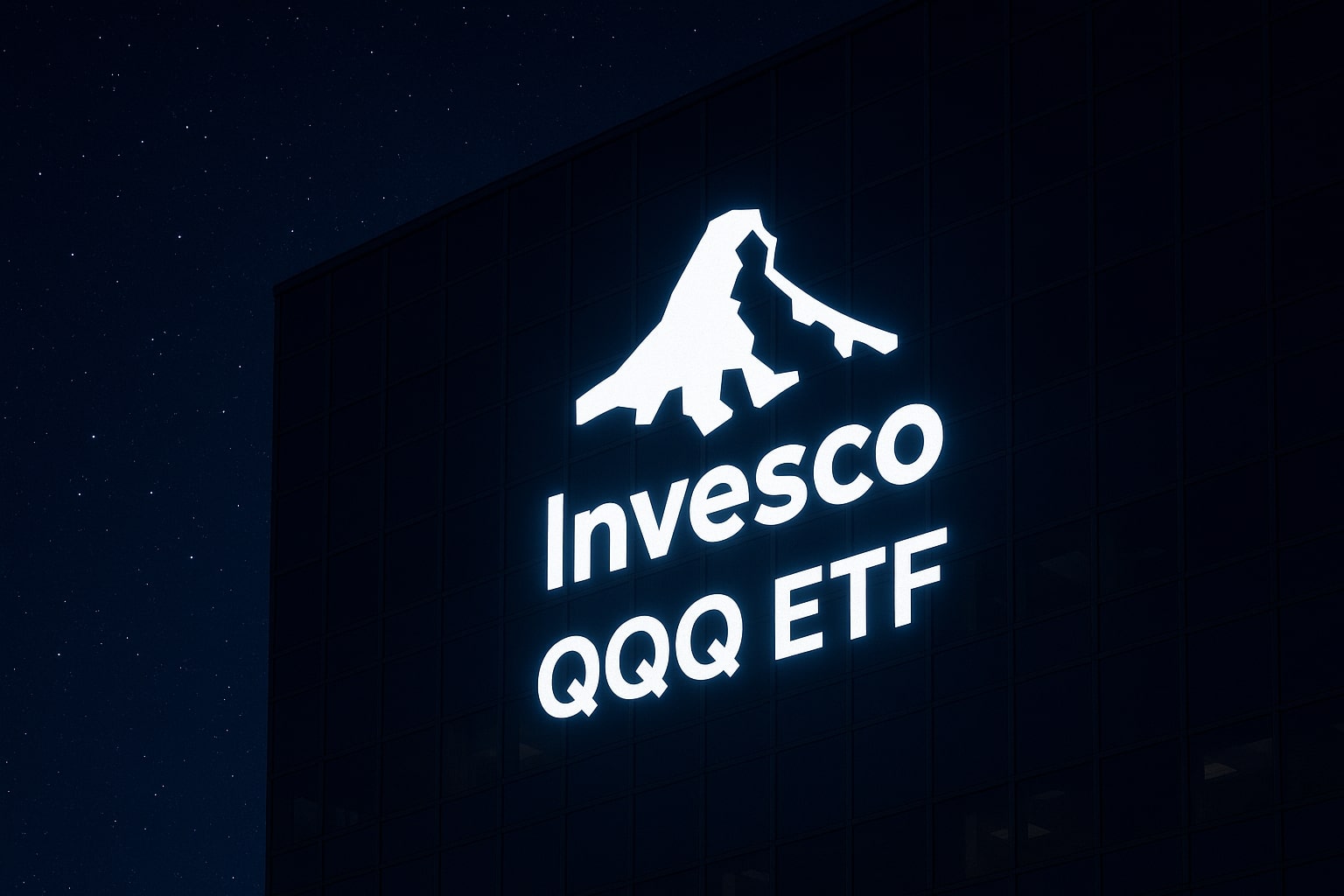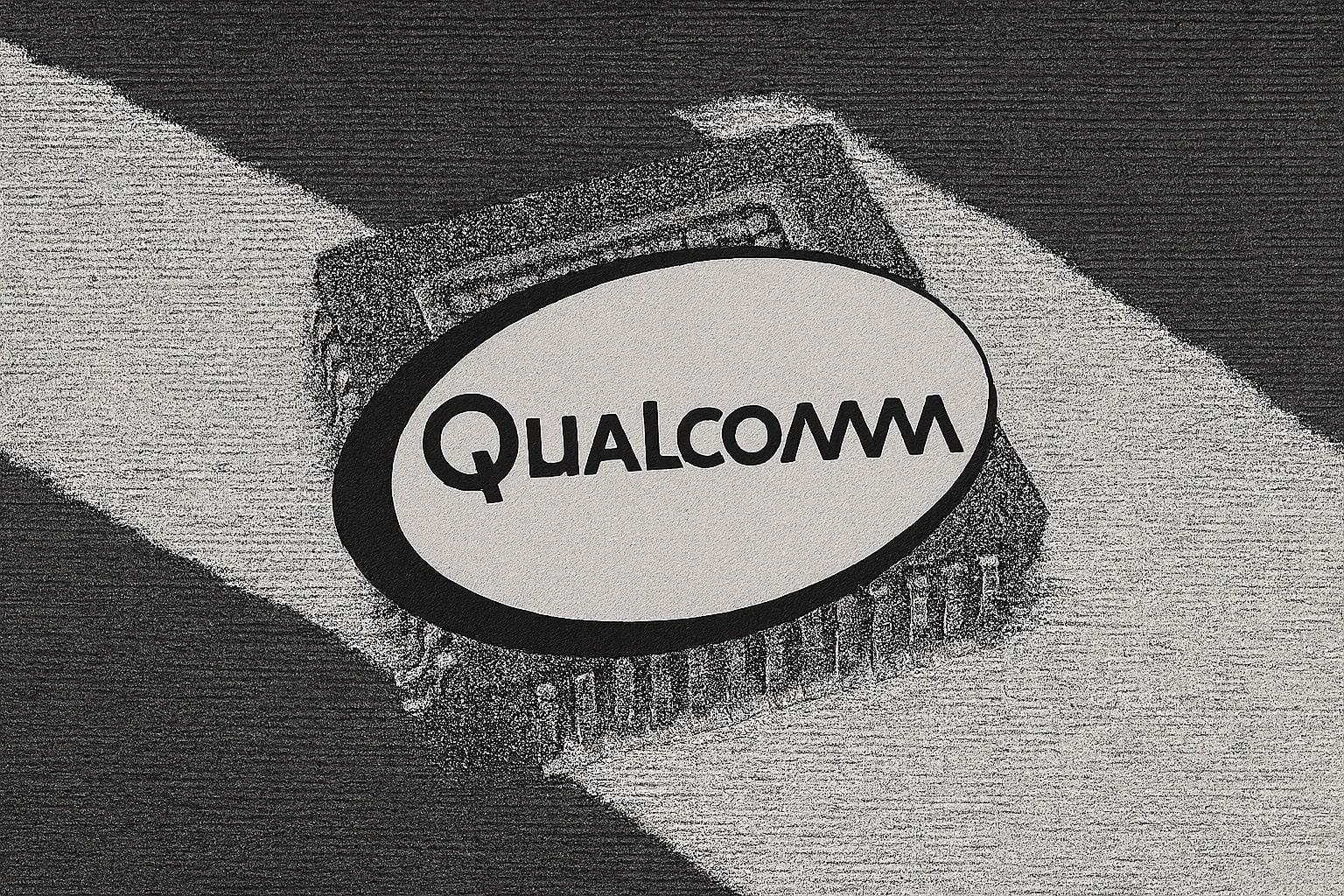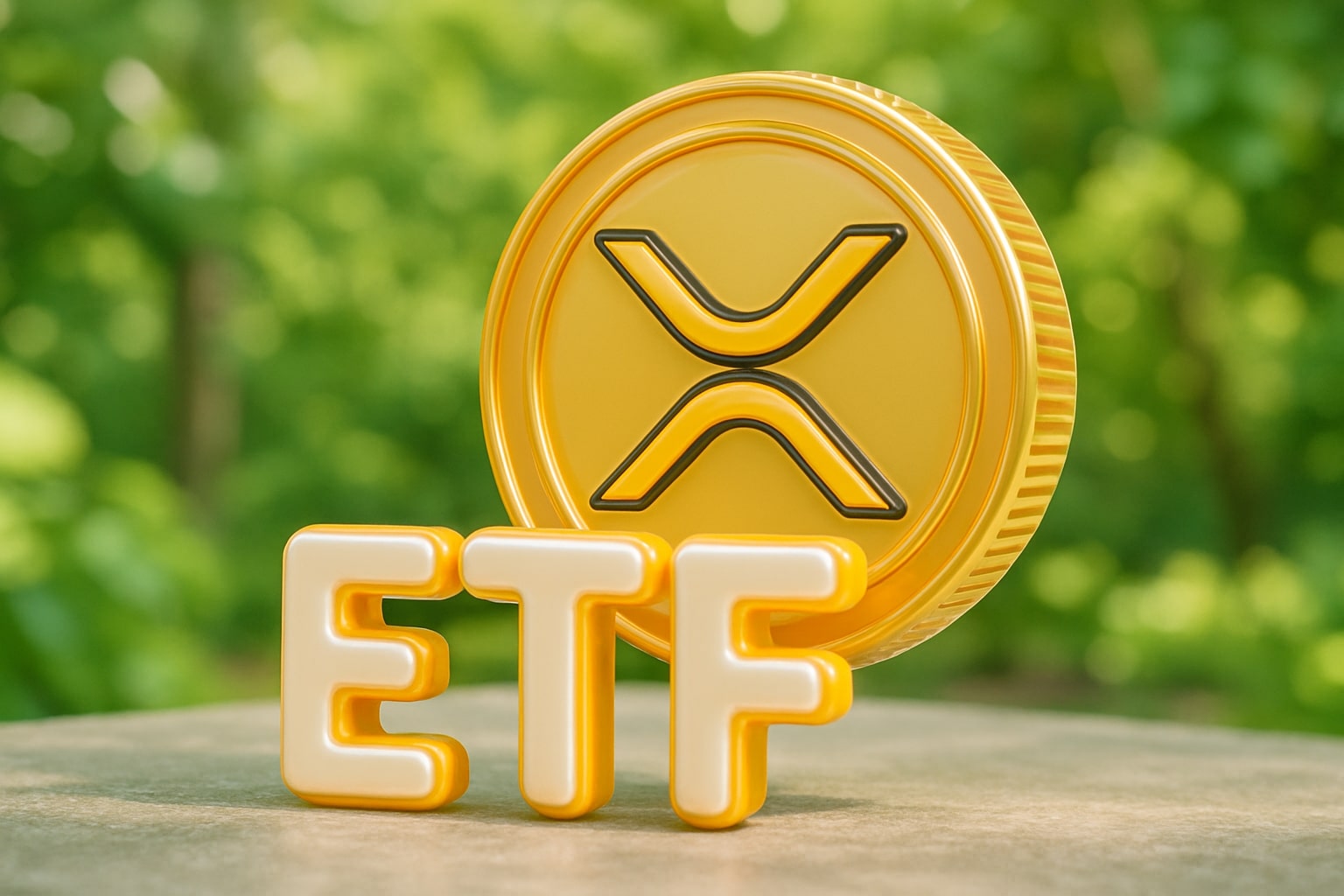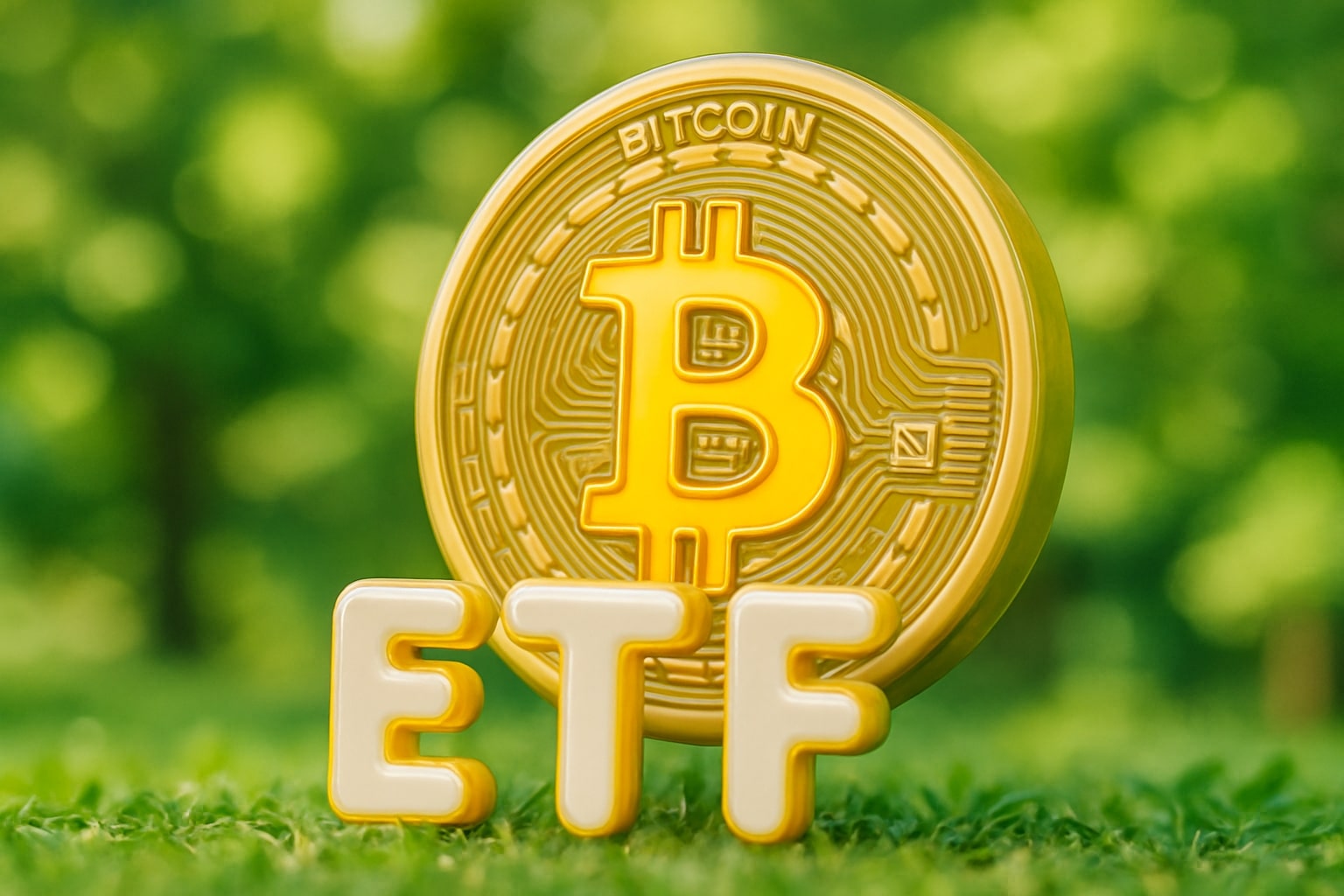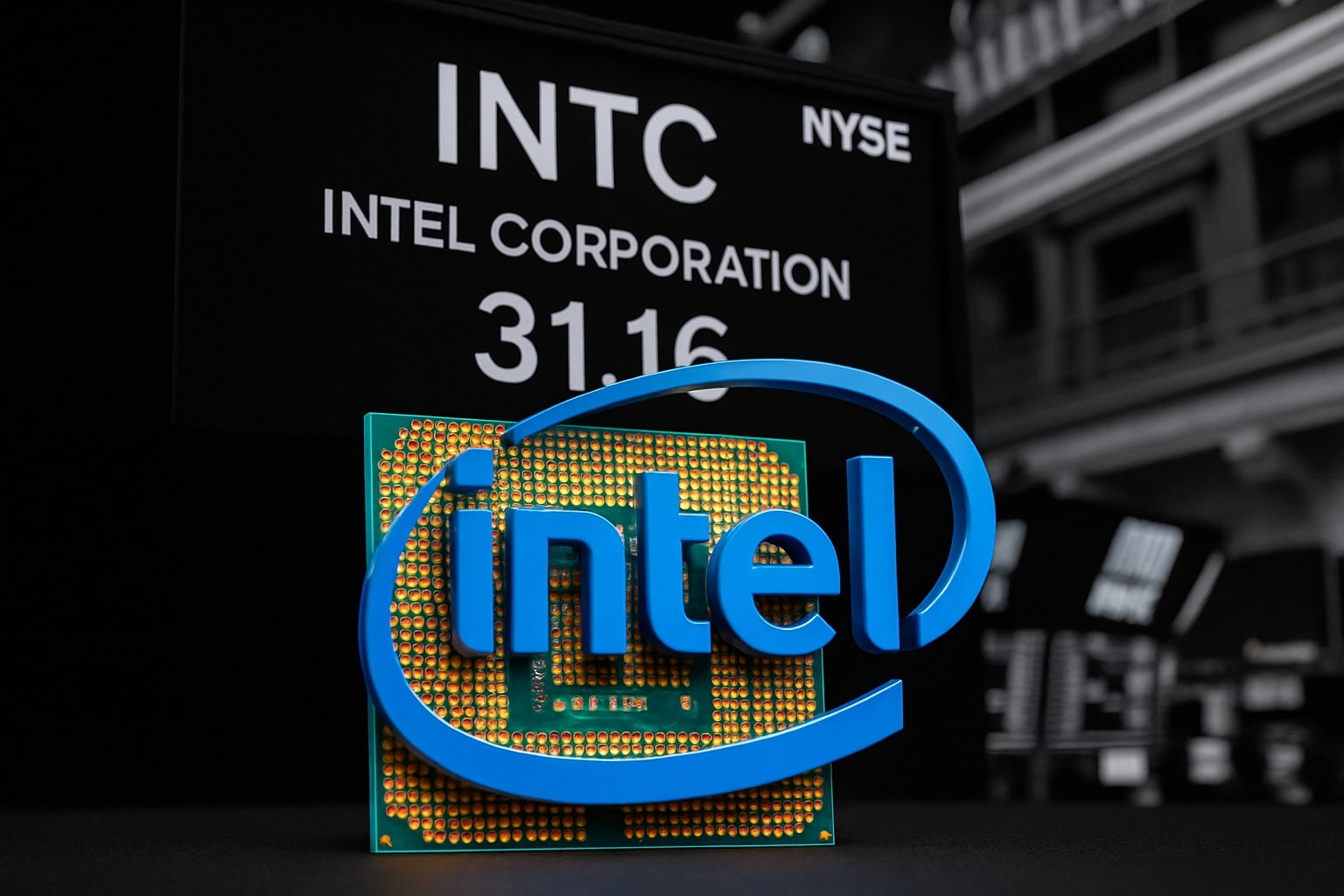
Intel Stock Price Forecast - (NASDAQ:INTC) Rockets to $37.30, Up 86% in 2025 on U.S. Backing and AI Partnerships
Government stake nearly doubles in value, NVIDIA commits $5B to Intel’s AI roadmap, and speculation of AMD outsourcing chip production fuels momentum as INTC targets $50 after breaking $37 resistance | That's TradingNEWS
Intel (NASDAQ: INTC) Surges Toward Multi-Year Highs as Government Backing and AI Partnerships Reshape Outlook
Intel (NASDAQ: INTC) has staged one of the most dramatic comebacks in the semiconductor sector in 2025. After sinking below $19 in early summer, the stock has exploded higher, closing its latest session at $37.30, up +3.78% on the day and now up more than 86% year-to-date, vastly outperforming the S&P 500’s 14% gain over the same period. With a market capitalization of $177.44 billion, Intel is once again being viewed as a strategic U.S. asset, supported by both public and private investment inflows.
Balance Sheet Strength Versus Debt Burden
The company’s liquidity is notable, with $21.21 billion in cash and short-term investments. However, this is counterbalanced by $50.76 billion in debt, creating a debt-to-equity ratio of 48%. The numbers underline the dual narrative: Intel has the reserves to keep funding operations, but long-term sustainability hinges on turning around profitability. Free cash flow remains deeply negative at -8.32 billion despite operating cash inflows of $10.08 billion, reflecting the heavy cost of restructuring and capital expenditure on new manufacturing nodes.
Government Stake Doubles in Value
The August decision by the Trump administration to acquire a 10% stake in Intel worth $8.9 billion at $20.47 per share has proven transformational. That position is now worth ~$16 billion, highlighting a 90% gain in just two months. Beyond the balance sheet impact, the political significance of Washington anchoring Intel as a national champion in semiconductors has re-energized market confidence. This government backing effectively limits downside, with Intel seen as too strategically important to fail.
Strategic Partnerships: NVIDIA’s $5B Bet and AMD Talks
Intel’s new CEO Lip-Bu Tan has worked aggressively to rebuild credibility. A $5 billion investment from NVIDIA (NASDAQ: NVDA) to co-develop AI infrastructure was a major catalyst that pushed Intel shares through resistance levels. While NVDA continues to rely on TSMC (NYSE: TSM) for cutting-edge production, its financial commitment to Intel signals recognition of INTC’s foundry potential.
Adding to momentum, reports surfaced that Advanced Micro Devices (NASDAQ: AMD) is in talks to outsource part of its chip production to Intel. If AMD does become a foundry client, it would mark one of the most remarkable shifts in the industry in decades. Intel’s stock surged more than 7% in a single session on this speculation, underscoring how even preliminary discussions are fueling optimism.
AI Product Pipeline and Advanced Manufacturing Roadmap
Intel’s credibility now rests on execution. Its Intel 18A process node, using RibbonFET and PowerVia technology, is set to debut in late 2025 with the launch of Panther Lake CPUs. If Intel can deliver this before TSMC’s N2 process goes into mass production, it would be a critical moment in rebalancing the manufacturing landscape.
In parallel, Intel is ramping up its AI portfolio. The Gaudi 3 AI accelerator targets data center inference workloads, the Arc Pro GPU line caters to creative and AI tasks, and the Xeon 6 CPUs are optimized for AI orchestration. While NVIDIA dominates high-end AI compute with its H100, B100, and B200 chips, Intel is carving space in cost-efficient inference and consumer AI markets, expanding its total addressable market.
Read More
-
QQQ ETF at $614 After a 123% Surge: AI, Rates and 2026 Targets In One Trade
12.12.2025 · TradingNEWS ArchiveStocks
-
XRP ETF Surge: XRPI $11.71 and XRPR $16.55 Track XRP’s $2 Floor and $1B Inflows
12.12.2025 · TradingNEWS ArchiveCrypto
-
Natural Gas Price Forecast: NG=F Clings to $4.12 Support After Weather Shock
12.12.2025 · TradingNEWS ArchiveCommodities
-
USD/JPY Price Forecast – Dollar to Yen Back at 156 as Fed Cut and BoJ Liftoff Collide
12.12.2025 · TradingNEWS ArchiveForex
Financial Performance: Stabilization But Not Yet Profitable
Revenues for the upcoming quarter are projected at $13.1 billion, down -1.3% year-over-year. Gross margins are expected to reach 36%, a modest improvement but far below historical norms. Analysts forecast non-GAAP EPS at breakeven and a GAAP net loss of -0.24 per share. This stabilization is an improvement over the deep losses of 2023–2024, but Intel remains unprofitable with a trailing net income of -$20.5 billion and a profit margin of -38.64%.
Valuation metrics reflect a disconnect between fundamentals and investor expectations. Intel’s forward EPS estimate for 2026 is $0.62, putting the forward P/E at nearly 60x, pricing in a turnaround that has yet to materialize.
Institutional Support and Insider Trends
Institutional investors control 65.27% of shares outstanding, while insiders hold just 0.08%. Insider transactions have been limited, but external strategic stakes from the government and corporate partners like NVDA have dramatically reshaped the ownership profile. Short interest is modest at 2.17% of float, reflecting reduced bearish bets after Intel’s stock doubled in less than two months.
Technical Momentum and Market Sentiment
The surge above $37 pushed Intel through its 200-week moving average, a level that capped the stock for years. Strong buying volumes—averaging 148 million shares daily—confirm institutional conviction. Technical analysts now point to $40 as the next near-term resistance, with a breakout paving the way for a run toward $50, Intel’s early 2024 peak. Support is firm at $35, and any pullback to this level could trigger renewed institutional buying.
Intel’s beta of 1.33 signals higher volatility than the market, but momentum has shifted firmly in its favor. With an 86% gain in 2025 compared to the S&P 500’s +14%, INTC is once again seen as a growth story.
The Bullish Case for NASDAQ: INTC
Despite ongoing execution risks, high leverage, and GAAP unprofitability, the scale of government involvement, NVIDIA’s $5B investment, the potential AMD foundry deal, and the imminent 18A launch make Intel unique in the sector. At $37.30, INTC stock still trades far below NVIDIA ($188.89) and TSMC ($288.11), leaving room for multiple expansion if its turnaround narrative holds.
For investors seeking exposure to U.S. semiconductor sovereignty and AI infrastructure, Intel offers asymmetric upside. The combination of political backing, strategic partnerships, and technical breakouts justifies a BUY rating with a medium-term price target of $50, representing an additional 34% upside from current levels if execution continues on track.














